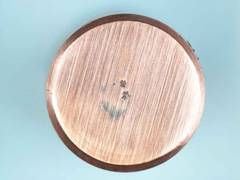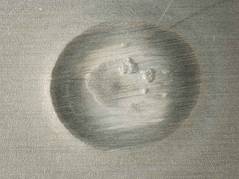SLV – Schweißtechnische Lehr- und Versuchsanstalten



Development of a suitable electrode machining process for the resistance spot welding of aluminium materials
Investigations were conducted into extending the useful electrode lives during the resistance spot welding of various aluminium sheet materials (AW5182 AlMg4.5Mn - AW6016 AlSi1.2Mg0.4, t = 1.5 mm and 1.0 mm, TiZr-passivated) by preparing the electrode surface in a suitable way (milled, ground or polished) or using combined machining cycles.
Spot diameters of dP < 5Öt and process capability values of CpK < 1.67 were stipulated as criteria for the end of the useful life. The resistance spot welding of aluminium alloys was possible with good process reliability if the electrodes were machined with little removal (e.g. polishing) at an early stage. If stringent requirements were set on the surface quality of the weld spots, approx. 30 spots were possible with the AW5182 alloy. The pick-up residues on the electrode were removed completely with polishing machining at the earliest possible stage. More than one thousand weld spots could be executed with one electrode pair.
Due to the obtained findings, fundamental prerequisites were created for the economically viable utilisation of the resistance spot welding of aluminium alloys in series fabrication.


